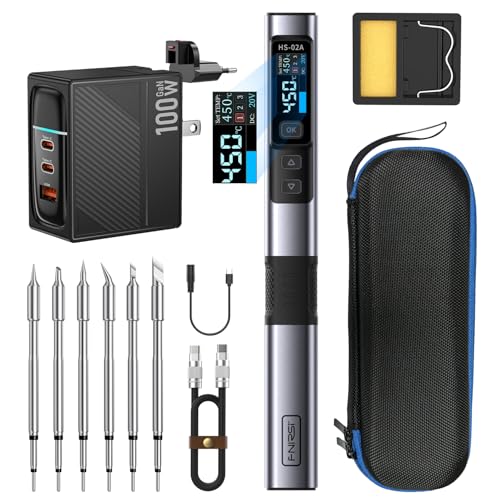Clbraddock
Well-known member
I just finished building a P2P pultec and overall am pretty happy with it, but would really like to reduce a noise bump I am getting at about 60hz (see pic).
Things I've tried and observed:
1. Checking that the casing of the DPDT and all pots and switches have continuity to ground.
2. With eq in, boosting the bass boost increases the 50-60hz bump a few db.
3. With eq in, increasing the bass attention all the way increases the 50-60hz bump more like 10db
4. With all eq controls zeroed out there is no different between the eq filters in or out.
5. Swapping each tube made no difference.
6. When sending a test signal, turning the unit off results in the 50-60hz bump dying within about a second even though the test signal continues for more like 8-9 seconds (The upper harmonic distortion keeps climbing with power off until the signal dies)
7. Placing a steel sheet adjacent to the power transformer and grounding it against the cap cans makes no difference. Same for mu-metal
What else should I try? I would like to get the noise down a bit, because I had planned to use a pair of these on the mix bus mid-side. To use them in their proper gain staging though, I would probably be applying 10-15 db of gain AFTER the pultecs to get up to reasonable LUFS. The noise floor is okay where it is, but boosting it 10-15 db it is going to be noticeable. Is there anything I can do, or is this just the way real pultecs are?
Things I've tried and observed:
1. Checking that the casing of the DPDT and all pots and switches have continuity to ground.
2. With eq in, boosting the bass boost increases the 50-60hz bump a few db.
3. With eq in, increasing the bass attention all the way increases the 50-60hz bump more like 10db
4. With all eq controls zeroed out there is no different between the eq filters in or out.
5. Swapping each tube made no difference.
6. When sending a test signal, turning the unit off results in the 50-60hz bump dying within about a second even though the test signal continues for more like 8-9 seconds (The upper harmonic distortion keeps climbing with power off until the signal dies)
7. Placing a steel sheet adjacent to the power transformer and grounding it against the cap cans makes no difference. Same for mu-metal
What else should I try? I would like to get the noise down a bit, because I had planned to use a pair of these on the mix bus mid-side. To use them in their proper gain staging though, I would probably be applying 10-15 db of gain AFTER the pultecs to get up to reasonable LUFS. The noise floor is okay where it is, but boosting it 10-15 db it is going to be noticeable. Is there anything I can do, or is this just the way real pultecs are?












































